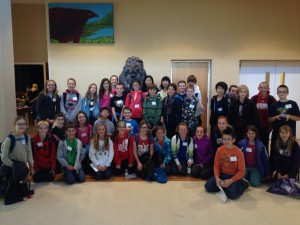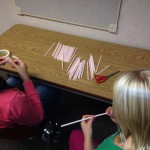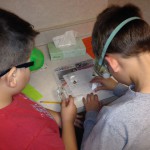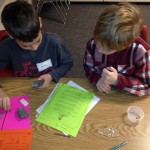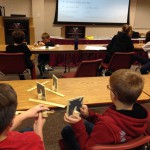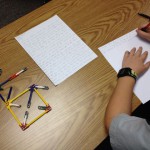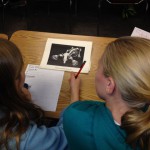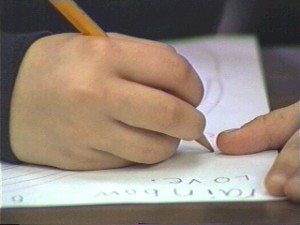Hello! This week we talked about our hero stores and how to develop interesting characters and vivid settings. With my grade 4/5 children, we did a short speaker tag lesson. I will collect the rough drafts as they are ready. I will make suggestions and help with editing. I have asked for the students to type the stories. If you do not have a working printer at home, you may email a copy of the story to me at jhenningsen@westside66.org.
Next week, the EY students grade 4-6 will complete the first Math Olympiad Contest Division E (grade 4-6)in our home bulidings. We will spend a session after the contest going over the questions and learn strategies for solving contest problems.
Grade 4-We learned more about fractions and decimals this week. There are several assignments on Khan for the students to work on at home at at school. Schedules are hectic, but if time allows please ask you child to spend 10-15 min a night working on math skills. We will continue to work on decimals next week. Unit 6 wordly wise is due next week.
Grade 5-wordly wise unit 7 is due next week
Grade 6- During math club we looked over the McMillian test problems and solved a few problems involving averages. These types of problems pop up during contests, and it was fun to work through a few. There are several different strategies for solving these types of challenges. We used guess and check, making an organized list, and algebra to solve for the unknown number.
Directions: The average of four numbers is 11. If three of the numbers are 7, 20 & 12, What is the fourth number?
Step 1.
x = unknown number
Step 2.

Step 3.

(Prairie Lane grade 6)- wordly wise unit 7 is due next week
One of the students showed me some of the programming options available on Khan. So much to explore here! I will attach one of the options:
Programming is how we tell computers what we want them to do, like to build iPhone apps, video games, or websites like this one. At Khan Academy, you can use our programming environment to build graphics, animations, and interactive visualizations. If you’ve never programmed before, follow these tutorials to learn how!
https://www.khanacademy.org/cs/programming
Have a great weekend!
Jenny
